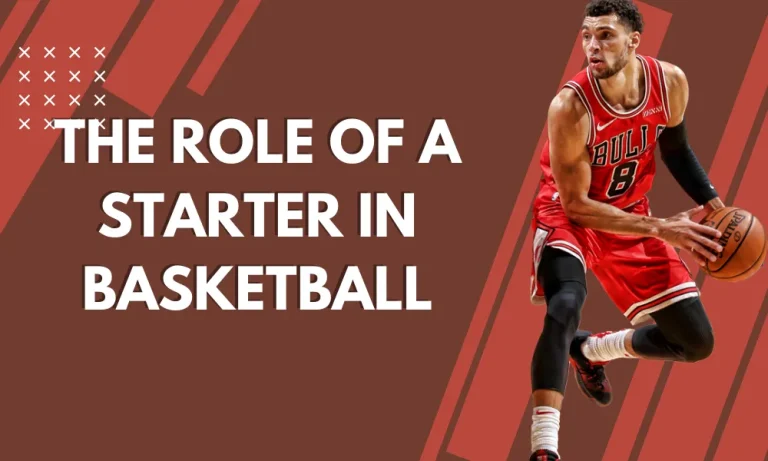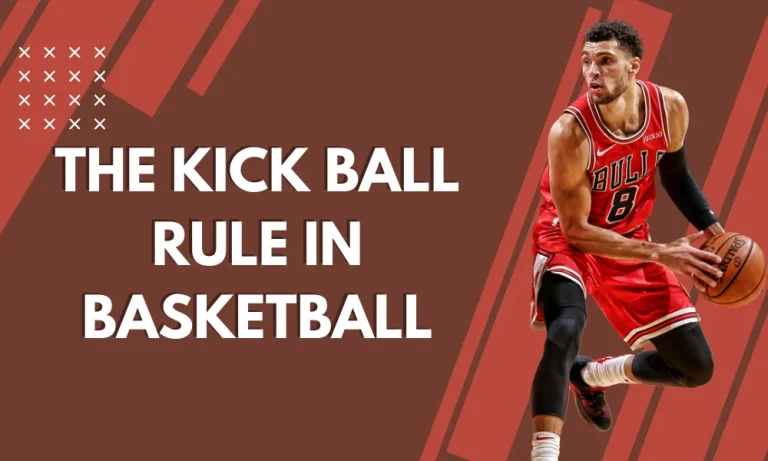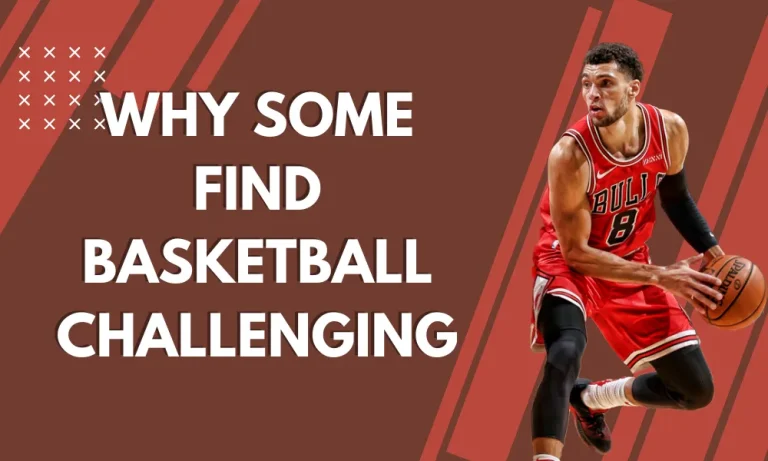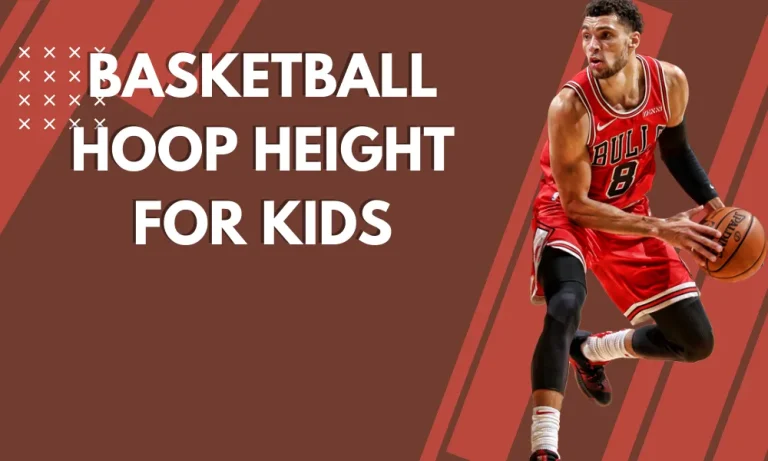Lengthy NBA Seasons: The 8-Month Dilemma
Title: “The 8-Month Dilemma: Navigating the Lengthy NBA Seasons”
Meta Description: “Uncover the challenges and impact of extended NBA seasons, exploring the effects on players, teams, and fans.”
Welcome to the world of NBA basketball, where the excitement of the game meets the challenges of a grueling season. Have you ever wondered why the NBA season feels so long? In this article, we will dive into the 8-month dilemma, exploring its impact on players, teams, and fans. Let’s unravel the mysteries behind these lengthy NBA seasons together!
The Evolution of the NBA Season
Basketball enthusiasts like us have witnessed the NBA evolve over the years, not just in terms of gameplay and talent but also in the length of the season. Let’s take a trip down memory lane and explore the historical context of NBA season length.
In the early days of the NBA, the season was relatively short, typically spanning around 60 games. However, as the popularity of basketball grew, so did the demand for more games. This led to gradual expansions in the number of games played per season. Today, teams compete in an 82-game regular season, which is quite a jump from the past.
Several factors have influenced the extended duration of the NBA season. One significant factor is the increased revenue generated by teams and the league. More games mean more opportunities for ticket sales, broadcasting rights, and sponsorships. As the financial stakes grew higher, so did the pressure to extend the season.
Moreover, the growth of the NBA globally has resulted in a larger fan base and increased media coverage. The league’s expansion to international markets has necessitated longer seasons to accommodate more games and cater to the growing fan demand.
Throughout the years, the NBA has made adjustments and changes to the season length to strike a balance between player rest and revenue generation. The evolution of the NBA season is a testament to the ever-changing landscape of professional basketball and the need to adapt to the demands of the sport and its fans.
Player Fatigue and Injury Risks
As a devoted fan of NBA basketball, it’s crucial to understand the toll that extended NBA seasons can take on the physical and mental well-being of our beloved players. The demanding schedule, packed with back-to-back games and extensive travel, puts significant strain on their bodies and minds.
Extended seasons have been correlated with an increased risk of injuries among NBA players. The relentless grind of the regular season, combined with limited recovery time, can lead to fatigue and compromised performance. Research has shown that players are more prone to injuries, such as sprains, strains, and even more severe injuries like ligament tears, as the season progresses.
To mitigate player fatigue and injury risks, various strategies have been implemented. NBA teams closely monitor player workload, ensuring adequate rest and recovery periods. Coaches and medical staff work together to develop personalized training programs and recovery protocols for players. Load management, where players are given rest days throughout the season, has gained prominence in recent years, allowing players to recuperate and minimize the risk of injuries.
Additionally, advancements in sports science and technology have enabled teams to gather data on player performance and fatigue levels. This information helps tailor training regimens and identify potential warning signs of injury, allowing for proactive intervention.
Team Performance and Strategy
As a fan, it’s fascinating to explore how lengthy NBA seasons impact team performance and the strategies employed by coaches and players. The extended duration of the season presents unique challenges that can affect a team’s consistency and overall success.
The grueling schedule, with its back-to-back games and constant travel, can lead to fatigue and weariness among players. This can result in decreased performance, both physically and mentally. As the season progresses, the cumulative effect of fatigue can affect shooting percentages, defensive efforts, and overall team cohesion.
Coaches face the daunting task of managing player minutes and rotations to minimize the impact of fatigue. Balancing the need for rest and recovery with the desire for consistent performance is a delicate juggling act. Adjustments in game strategies and rotations become crucial as coaches aim to optimize player energy levels and maintain competitive edge throughout the season.
The length of the NBA season also influences the development of long-term game strategies. Coaches must carefully plan and adapt their tactics to accommodate the demands of the schedule. This may include implementing different offensive and defensive schemes, utilizing deeper benches, and focusing on player development to maintain a competitive edge.
Fan Engagement and Viewing Experience
As a passionate NBA fan, it’s important to recognize the impact that long NBA seasons can have on fan engagement and the overall viewing experience. While the sport itself is exhilarating, the extended duration of the season can present challenges that may affect fan interest.
The length of the NBA season, spanning over eight months, can sometimes lead to a potential decline in fan engagement. As the season progresses, some fans may find it challenging to maintain the same level of enthusiasm and interest. Factors such as fatigue, busy schedules, and the absence of high-stakes matchups can contribute to a waning interest throughout the season.
To enhance the viewing experience for fans, the NBA has implemented various initiatives. One such initiative is the introduction of marquee games and rivalries throughout the season. These high-profile matchups generate excitement and draw fans’ attention, even during the later stages of the season.
Furthermore, the NBA has embraced technology to bring fans closer to the game. With advancements in streaming services, fans now have access to live games, highlights, and behind-the-scenes content on various platforms. This increased accessibility allows fans to engage with the sport on their own terms, enhancing the overall viewing experience.
Economic Considerations
As an avid NBA follower, it’s intriguing to analyze the financial aspects of extended NBA seasons and the economic implications they have on teams and the league as a whole. The length of the NBA season directly impacts the revenue generated by the league and its member teams.
Longer NBA seasons provide more opportunities for revenue generation. With a greater number of games, teams can sell more tickets, merchandise, and concessions, leading to increased ticket sales and in-arena spending. Additionally, extended seasons allow for more television broadcasts, attracting advertisers and generating advertising revenue. The playoffs, which are a culmination of the season, further amplify revenue through increased ticket sales and advertising opportunities.
However, longer seasons also come with economic considerations. Teams must bear the costs of player salaries, travel, and other operational expenses for an extended period. These expenses can be significant and need to be carefully managed to ensure financial sustainability.
From a league perspective, longer seasons provide a more extensive product offering, attracting a larger fan base and potentially increasing television ratings. This, in turn, can lead to higher broadcasting rights fees and lucrative sponsorship deals. However, the league must also consider the potential impact on player health and performance, as these factors can influence the overall quality of the product and, consequently, its marketability.
Finding the Balance: Potential Solutions
As a devoted fan of the NBA, I believe it’s crucial to explore potential solutions that can address the 8-month dilemma and strike a balance between player welfare and fan engagement. Two primary ideas that have been discussed are shorter schedules and incorporating more rest periods throughout the season.
Shortening the NBA schedule is an option that could alleviate some of the challenges associated with long seasons. By reducing the number of games, players would have more time for rest and recovery, potentially reducing injuries and improving overall performance. A shorter schedule could also help sustain fan interest by condensing the season and creating a sense of urgency around each game. However, implementing a shorter schedule would require careful consideration of the financial implications, as it could impact revenue generation for teams and the league.
Another approach is to incorporate more rest periods throughout the season. By strategically scheduling breaks between games, players would have the opportunity to recharge and minimize the risk of fatigue and injuries. This approach could lead to a higher quality of play and enhance the viewing experience for fans. However, implementing more rest periods would require careful planning to ensure that the overall duration of the season remains reasonable and that the league’s revenue streams are not significantly impacted.
In evaluating these potential solutions, it’s important to consider the pros and cons of each approach. Shortening the schedule could benefit player health and performance, as well as sustaining fan engagement. However, it may pose financial challenges and potentially reduce the number of games fans can enjoy. On the other hand, incorporating more rest periods could enhance player welfare and the overall viewing experience, but it may also extend the duration of the season and impact revenue generation.
Conclusion
The length of NBA seasons presents a complex dilemma that requires careful consideration of both financial and player welfare aspects. Analyzing the financial implications of extended seasons reveals the potential for increased revenue, but also highlights the need for prudent management of expenses. Exploring potential solutions such as shorter schedules or more rest periods showcases the importance of finding the right balance between player health and fan engagement. By taking a holistic approach and considering various perspectives, the NBA can strive to create a sustainable and captivating season that benefits players, teams, and fans alike.
Technical FAQs: Lengthy NBA Seasons: The 8-Month Dilemma
Why are longer NBA seasons financially beneficial?
Longer seasons allow for more games, leading to increased ticket sales, merchandise sales, and advertising revenue.
What are the potential drawbacks of shorter NBA schedules?
Shorter schedules may impact revenue generation for teams and the league, potentially reducing the number of games fans can enjoy.
How can more rest periods benefit NBA players?
More rest periods allow players to recharge, reducing the risk of fatigue and injuries, and enhancing overall performance.
What challenges does the NBA face in implementing shorter schedules?
Implementing shorter schedules requires careful consideration of the financial implications and potential impact on revenue streams.
How can the NBA strike a balance between player welfare and fan engagement?
The NBA can explore solutions like incorporating more rest periods while considering feedback from players, fans, and stakeholders.
Why is finding the right balance important for the NBA?
Striking the right balance ensures the well-being of players while keeping fans engaged throughout the season, leading to long-term success for the league.






